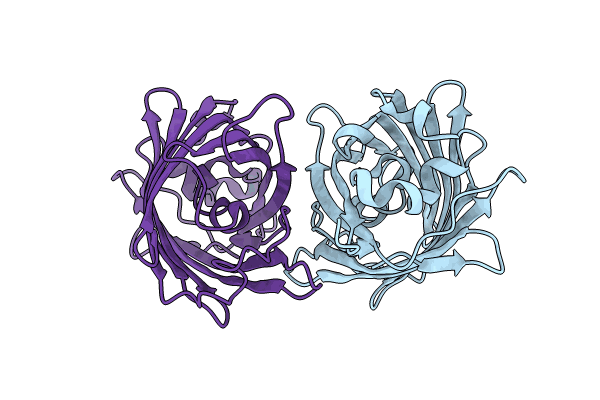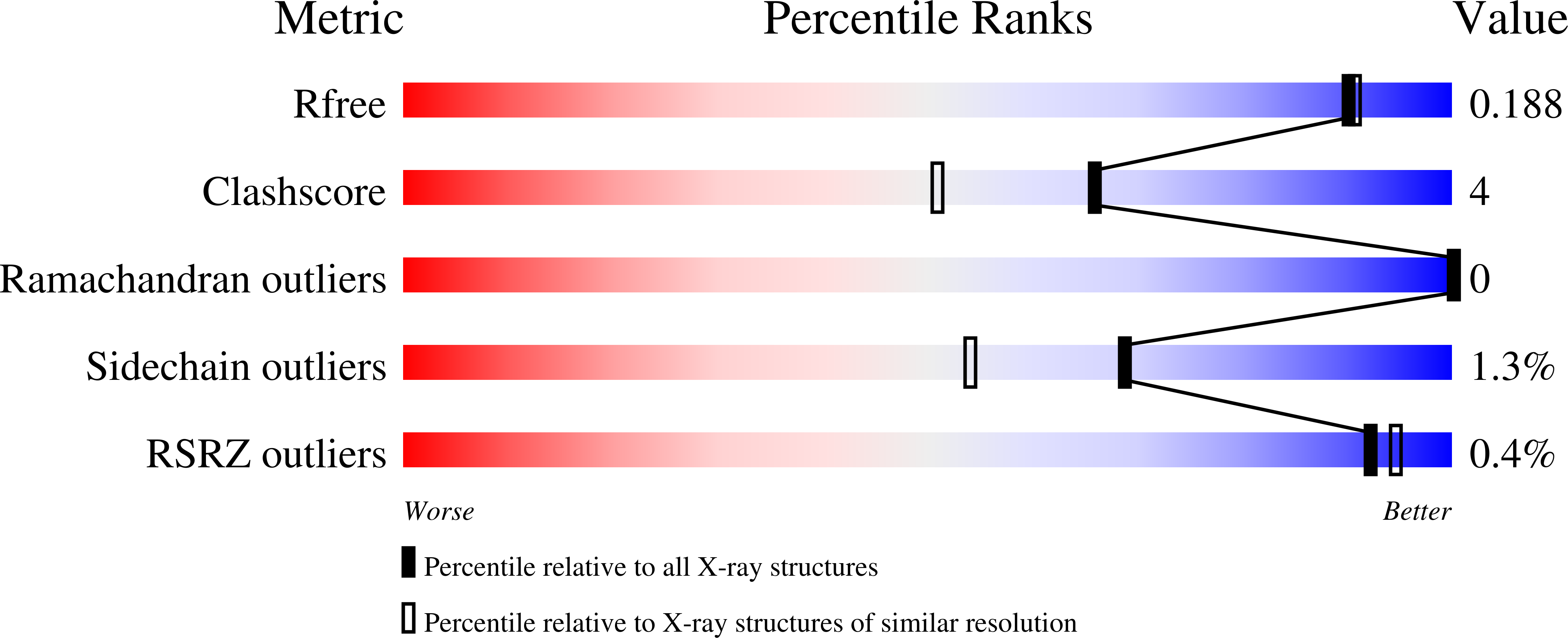
Deposition Date
2022-06-28
Release Date
2024-01-17
Last Version Date
2024-01-17
Method Details:
Experimental Method:
Resolution:
1.75 Å
R-Value Free:
0.18
R-Value Work:
0.18
R-Value Observed:
0.18
Space Group:
C 1 2 1


